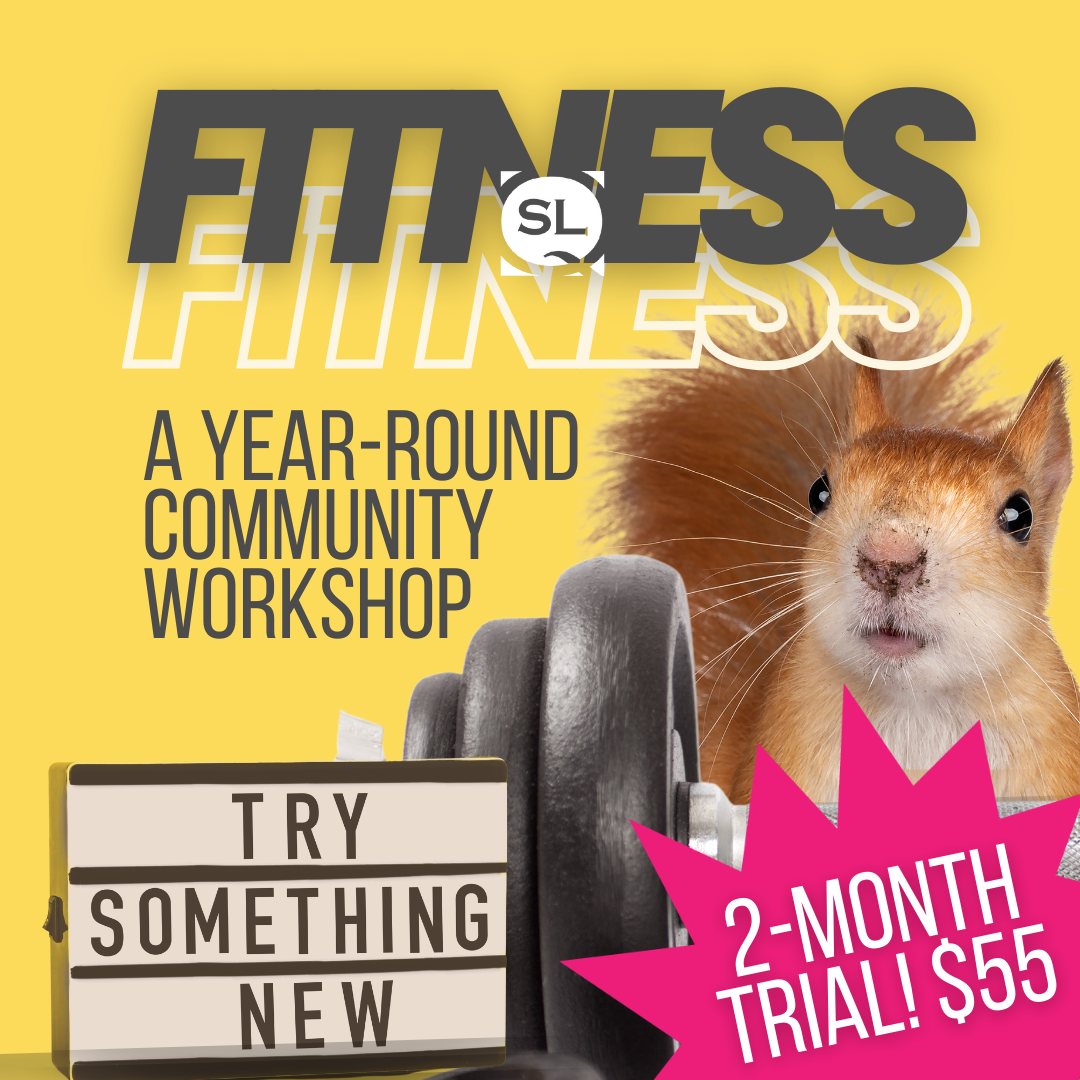
by Brendan Stephens
Recently, I taught a batch of undergraduate fiction students that struggled to contain their stories to a maximum page limit. Originally I had asked for a 12-page story but I later increased the limit to 15 pages and then to 20. It didn’t matter; there never was enough space. My students were just overfull with vivid characters, backstories, and worlds. They jammed everything into their fiction even if it meant shortening the amount of space for scenes, interiority, and even the emotional climax.
In workshop we often spent a great deal of time talking about the heart of the story, subtlety in details, and killing darlings. And though most of my students easily identified places to streamline their peers’ work, they tended to have a massive blind spot in their own work.
As a relative latecomer to writing flash fiction, I sympathize with my students. There have been more than a few contest submissions where to meet the length requirements I had to knock a couple of pages off a 22-page story. Every deleted phrase felt like it left a noticeable gap, a chasm that, I believed, rendered the whole paragraph nonsensical. I first started to really write flash fiction as a distraction from a novel I was working on. Yet it was through these flash stories that I taught myself how to discern the details that actually matter and limiting the scenes to only those necessary to reach the emotional climax, lessons that even helped my long-form fiction.
I found myself wondering how I might be able to help my students turn that same discerning eye to their own work that they have for each other. What they thought they needed was room for more words, but could constraining them be more helpful?
One activity that I decided to try was to pass out to each student a single 3″x5″ index card and ask for them to rewrite—not merely summarize—the story they had workshopped already in class onto a single side of that card. A full story arc with a compelling voice and surprising language.
Their initial reaction was that it couldn’t be done. How can I fit all six scenes on here? This isn’t even enough for a back and forth of dialogue. But after a few complaints, they got to work.
Most opted to use the blank side of the card instead of the lined side simply because if they wrote smaller, they could fit a few additional sentences. But ultimately, it didn’t matter. There’s only so much space. Every time they came to the right edge of the card they knew they’d have to keep the story moving towards an ending within the next couple of lines.
After everyone had finished, myself included—having distilled a near 30 page story to 150 words or so—we began sharing. Since everyone was familiar with the “original” stories from workshop, we knew the movement of each story from inciting incident to climax.
I have to admit, I expected that even though I’d specified this wasn’t a summary, many would struggle to not merely list plot points. I think my pessimism stemmed from seeing so many beginning fiction writers’ resistance to radically revise or rethink their work besides taking a few helpful workshop comments, leaving in place roughly 90% of the first draft.
Yet, my students totally “got it.” Some opted to change the point of view from a third-person POV to a voice-y first person that summarized full scenes into a couple sentences. Some replaced a six-page dialogue with a single, well-placed line of dialogue that told us everything we needed to know. Every story had at least one scene cut that didn’t involve the characters’ emotional character arc, leaving only the crucial moments leading to the climax. Even more impressive were the students who created a new climax—the addict in recovery mourning his overdosed friend no longer ended with the character buying more dope and returning to his old ways, but instead now the whole story was a scene from the funeral. This student realized that the “heart” of the story wasn’t really whether the addict would do drugs again but instead it was about grief and loss.
Afterwards we talked about these index-card flash stories. Though many still preferred their “longer” original versions, everyone agreed that the exercise was beneficial in helping them better understand the most important beats as they moved forward with revision. Our conversation turned more towards flash fiction in general, and by the end of the day the students were eager to learn more about the form, which they hadn’t previously shown much interest in.
Having the students reimagine their work as flash fiction not only helped them see their story as more than just a series of plot points, but it also introduced them to the rich genre of flash fiction, which so many of us know and love for its ability to communicate so much in so few words.
______________________
Brendan Stephens is a writer based out of Houston. He currently attends the University of Houston PhD in Creative Writing and Literature program where he serves Gulf Coast as the online fiction editor. His work has appeared in EPOCH, the Southeast Review, Carolina Quarterly, SmokeLong Quarterly, and elsewhere. He is the recipient of two Inprint Donald Barthelme awards, an Into the Void Fiction Prize, and a Sequestrum Emerging Writer award.


 Try SmokeLong Fitness for two months!
Try SmokeLong Fitness for two months!